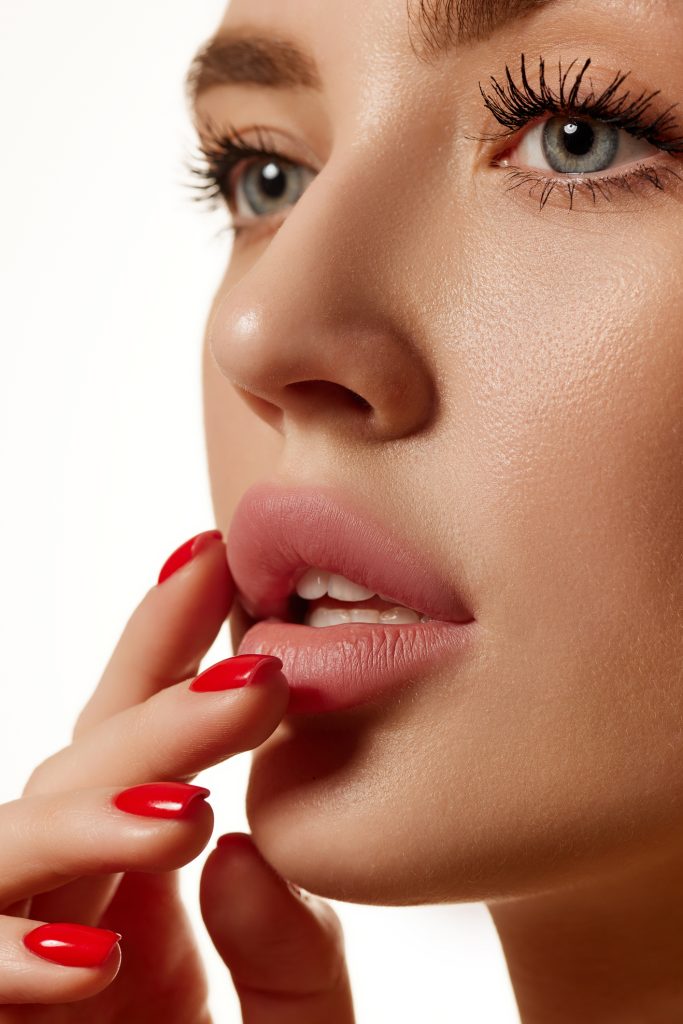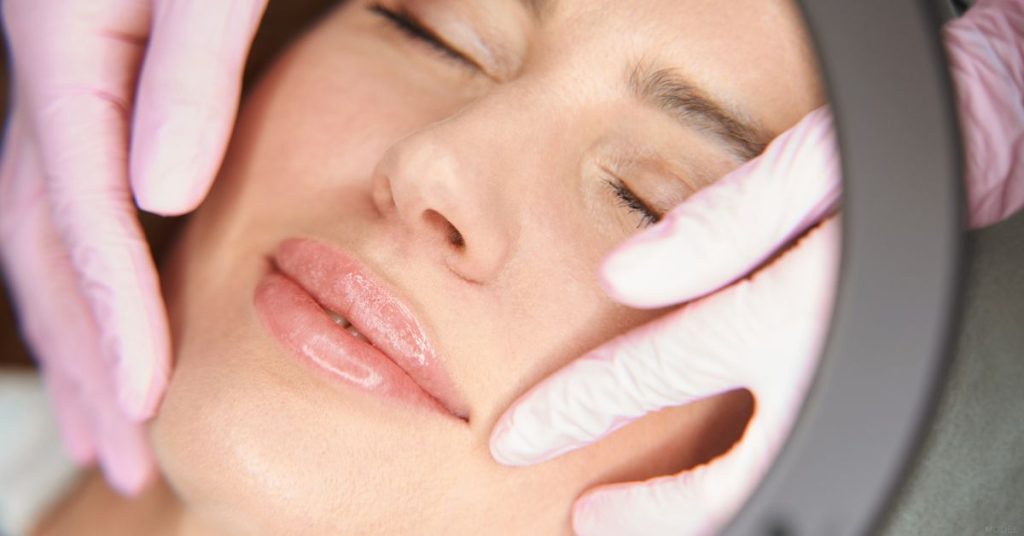Patients at Rockmore Plastic Surgery often ask, “How long do dermal fillers last?” The answer isn’t one-size-fits-all. The longevity of injectable dermal fillers depends on several factors, including the type of filler, the area treated, and how your body metabolizes it.
Whether you’re looking for instant volume with hyaluronic acid (HA) fillers or long-term collagen stimulation, this guide will explain why different fillers last longer than others and what you can do to maintain your results.
Understanding Filler Longevity
One of the most important factors in how long dermal fillers last is the type of filler used. Some fillers provide quick but temporary results, while others work gradually, offering longer-lasting improvements. To understand why, let’s look at how different fillers work.
The Science of Fillers & How It Affects Longevity
Dermal fillers can be categorized into 2 main types: hyaluronic acid fillers and collagen-stimulating fillers, also known as biostimulators. Each works differently and has a distinct lifespan.
Hyaluronic Acid Fillers (JUVÉDERM®, Restylane®, BELOTERO BALANCE®). These fillers contain a synthetic version of hyaluronic acid, which occurs naturally in the body. They bind moisture in the skin to provide volume and hydration. Depending on the product and treatment area, these fillers typically last 6 to 24 months.
Collagen-Stimulating Fillers (RADIESSE®, Sculptra®) work differently. Instead of simply adding volume, they stimulate the body’s natural collagen production, gradually improving the skin’s structure.
- RADIESSE contains calcium hydroxyapatite. It provides immediate volume while encouraging long-term collagen formation, with results lasting 9 to 12 months.
- Sculptra is a poly-L-lactic acid filler that gradually builds collagen over time, with results lasting up to 2 years. Most patients need 2 to 3 Sculptra treatments to achieve optimal results.
The choice between HA and collagen-stimulating fillers depends on your aesthetic goals and how long you want your results to last. HA fillers are the way to go if you’re looking for instant, reversible results. If you want longer-term improvements with a collagen boost, biostimulators may be the better choice.
Explore the different types of dermal fillers.
How Long Do Fillers Last in Different Areas?
Your treatment area also significantly affects the longevity of your filler results. Some areas experience more movement, causing fillers to break down faster, while others allow results to last much longer.

For example, lip fillers typically last 6 to 12 months because the lips constantly move from talking, eating, and drinking. In contrast, cheek fillers can last 12 to 24 months since the cheeks are a more stable area with less movement. Fillers used for jawline contouring or chin augmentation also tend to last longer, up to 2 years, as these areas require firmer, longer-lasting products for structural support.
Another popular treatment zone is the delicate area under the eyes, known as the tear troughs. Here, fillers can last 6 to 18 months, depending on the formulation used and individual metabolism. Since the skin in this area is thinner, we typically use a softer filler to create a natural-looking result and avoid puffiness.
For those looking to smooth nasolabial folds (smile lines) or marionette lines, fillers usually last 9 to 18 months, depending on the product and amount of facial movement. Because these areas are dynamic, they may require more frequent touch-ups.
Choosing the right filler for each area ensures optimal results. An experienced injector will select the best product based on your facial anatomy and desired longevity.
Learn more about the concerns dermal fillers can treat.
How To Extend the Longevity of Your Fillers
Even the longest-lasting fillers require proper care to maintain results. Your lifestyle and skincare routine can significantly impact how long your fillers last.
1. Follow Proper Aftercare Instructions
To ensure your fillers settle properly and last as long as possible:
- Avoid excessive facial movements and refrain from rubbing or massaging the treated areas.
- Stay hydrated, as hyaluronic acid fillers rely on moisture to maintain volume.
- Reduce alcohol and salt intake in the first 24 hours to limit swelling.
- Refrain from intense exercise, saunas, or steam rooms for at least 48 hours. Excessive heat can increase swelling and bruising.
2. Protect Your Skin & Avoid UV Damage
Sun exposure causes the collagen and elastin in your skin to break down, undermining the effects of your filler. UV exposure may also spur oxidative stress and inflammation, mildly accelerating filler degradation. To protect your results:
- Apply broad-spectrum SPF 30+ sunscreen daily to prevent UV damage.
- Wear sunglasses and a hat when outdoors to minimize sun exposure.
- Use medical-grade skincare products that support collagen production.
3. Adjust Your Sleep Habits
How you sleep after getting fillers can also affect how long they last. Try to:
- Sleep on your back for the first few nights to avoid placing pressure on the treated areas.
- Use a silk or satin pillowcase to minimize friction and help your skin retain hydration.
4. Schedule Maintenance Treatments
Fillers don’t disappear suddenly; they gradually break down over time. You might notice a softening of volume and a gradual return to your natural contours. Many patients schedule touch-up treatments every few months to maintain their results instead of waiting for fillers to wear off completely. Your injector will let you know the best timeline for scheduling touch-ups.
Take the Next Step
Ready to enhance your look? Call Rockmore Plastic Surgery at (518) 328-3330 or request a consultation using our online form. We’ll walk you through your best filler options and discuss the longevity you can expect.


Leave a Reply